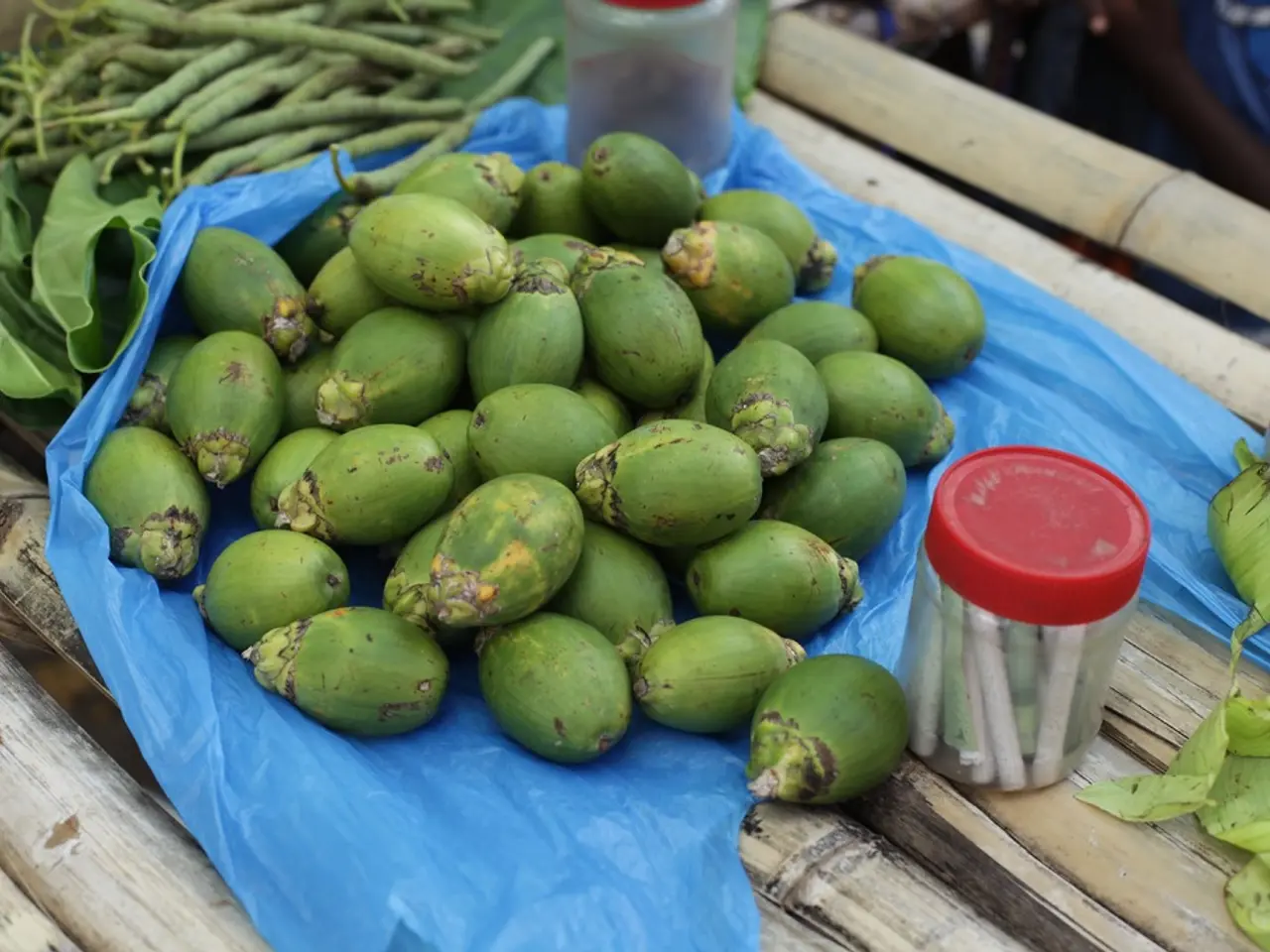Continued extraction of minerals on Gebe Island, Indonesia, in defiance of indigenous opposition and legal challenges
In the remote corners of Indonesia's Pacific rim, the once vibrant and pristine Gebe Island has been transformed by the operations of the PT Bartra Putra Mulia (BPM) nickel mine. With a population of fewer than 6,000 people, the island is now grappling with the consequences of mining activities.
The BPM mine occupies a 1,850-hectare (4,570-acre) nickel mining concession on Gebe Island. Over recent years, the coastline of Gebe Island has turned from azure blue to a brownish yellow due to mining operations, and there are fewer fish in these waters. The mangroves in Tanjung Oeboelie on Gebe Island no longer flourish due to being buried in mud sediments carried by erosion from mining and nickel extraction sites.
Research published in 2018 by the Mining Advocacy Network (Jatam) recorded extensive damage to coral reefs and forests off Gebe Island. Analysis by the NGO Forest Watch Indonesia showed tree cover on Gebe Island declined by almost 63 hectares (156 acres) between 2022 and 2023 due to nickel mining. This decline in tree cover mirrors a broader trend in Central Halmahera district, which lost 27,900 hectares (68,900 acres) of tree cover between 2001 and 2023, representing a 13% decrease in tree cover.
The Magimai, Magpo, and Magtublo people, among the many distinct groups on Gebe Island, have reported little indication that they were given any say in the changes. Generations of Indigenous Gebe families have threaded sago into the island's culture, but sago and root vegetables have been supplanted by nutritionally inferior white rice in diets across Indonesia since the 1970s. Locals like Abdul Manan, the village chief, have reported hardships since 2020 due to the mine's operations.
The mining operations of PT Anugrah Sukses Mining have had an impact on the near-shore fisheries of Gebe Island. Groupers and snappers have fled the area in response to the damage to their near-shore habitat, requiring Gebe fishers to give chase deeper into the Halmahera Sea if their trade is to survive. The water sources have run dry, community plantations have withered, and pollution from the mine has affected local fishing grounds.
More than half of the area of Fau Island, just east of Gebe, is covered by a mining permit valid until 2032 despite local opposition. Myriad criminal investigations have demonstrated extensive corruption in how licenses are awarded to industries. In March 2024, Indonesia's Constitutional Court rejected a judicial review concerning a nickel concession on Wawonii Island.
The rapid construction of nickel processing facilities in Indonesia, such as the Indonesia Weda Bay Industrial Park, has entailed ubiquitous workplace accidents and well-documented cases of ruinous pollution. It is crucial to consider the impact of these operations on the environment and the communities they affect, particularly those with little say in the changes.
Currently, there is no information indicating active mining companies on Gebe Island specifically in the provided search results. However, the story of Gebe Island serves as a stark reminder of the potential consequences of unchecked mining activities on remote islands and their indigenous communities.
Read also:
- Peptide YY (PYY): Exploring its Role in Appetite Suppression, Intestinal Health, and Cognitive Links
- Toddler Health: Rotavirus Signs, Origins, and Potential Complications
- Digestive issues and heart discomfort: Root causes and associated health conditions
- House Infernos: Deadly Hazards Surpassing the Flames








